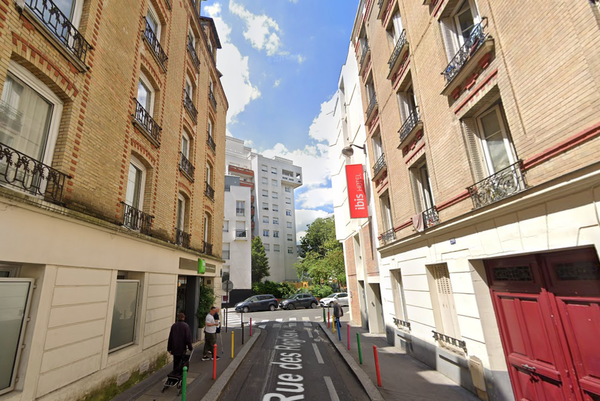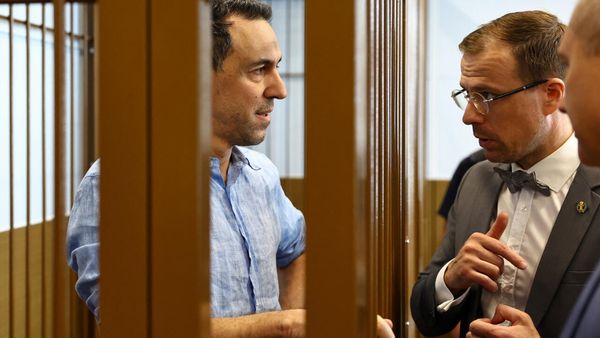The kaipathiri is not just a breakfast eat but also a tradition in Kerala. The thick flatbread made of rice flour and smeared with coconut milk is far removed from the “nice” pathiri, the thin white moons of rice breaking easily between the fingers. The sturdy kaipathiri is not for the light-hearted.
Before globalisation and cornflakes flattened out our culinary diversities, this sumptuous meal was an indulgence in the morning or whenever. One after the other in a rhythmic tempo, a ceremony in itself, two persons pound pink fat rice to poweder in tall mortars using heavy poles. Fashioning dough out of it can be tricky for the uninitiated, as mixing it with too much water would just result in a watery mess. To release gluten, the flour needs to be tipped into a cauldron of boiling water to form lumps of steaming rice. Fresh coconut, cumin seeds and sliced shallots lends this dough a subtle aroma.
The matriarch would walk in regally, take huge dollops of the dough and flatten it out on outstretched wet palms. The raw bread goes into a rimmed earthen wok (chatty) and is cooked on woodfire. The pathiris are flipped quickly at first to seal in the moisture and then cooked slowly to work a delectable magic. The thick roundels of coconut goodness puff up with steam to form a crisp exterior and a soft-textured heart.
True, Keralites can never have enough of rice. We shun traitors who equate white rice with unhealthy white sugar. We exhaust all means of assaulting the humble rice to sundry avatars for breakfast, lunch or dinner. Rice morphs to evening delicacies such as unniappam, neyyappam, kalthappam or kallappam and breakfast eats such as pathiri, puttu, idiappam and pidi.
For lunch, rice is boiled whole to non-sticky perfection, served with an assortment of sides that scale from wet to dry, hot to sour and soft to crisp. Think of the famed Onasadya. But that is material for an essay by itself, or even a book. Dinner is a repeat of lunch traditionally; though now with our legacy of diabetes, the chapati has edged its way onto the Malayali table. But for the Malayali, it can never replace rice. “How can you go to bed hungry,” we say. So we have the chapati for the diabetes (take that you!) and top it off with nice wholesome rice.
But coming back to kaipathiri, this coarse flatbread requires oodles of coconut milk to make it pliable to any degree. Once the bread can take no more and the milk starts welling up as a moat around the disc, it’s the moment to introduce spicy beef roast with caramelised onions, coconut shards and curry leaves roasted in coconut oil. The warm, rich, homely, creamy, squished kaipathiri with the spicy meat is the ultimate comfort food. Alternatively, warm pathiris are dunked in freshly squeezed coconut milk laced with sugar and ghee. My son loves this for breakfast and like any true Indian mother, ghee for me is directly proportional to love.
Food is so much more than sustenance for the body. It defines our identity more than anything else, building community or marking exclusion. The kaipathiri has been around for ages, passed down generations in northern and central Kerala. For the expatriates, the pathiri is an enduring call from home, tugging at their hearts (and we have quite a few of them if you know anything about the Kerala economy). The aroma of freshly baked pathiris waft across the Arabian Sea, intensifying the longing for home. Right enough, the kaipathiri is a staple in emigrant Malabar luggage. If pathiris were contraband, our newspapers would be flooded with news of tonnes of pathiris seized from passengers outbound instead of the gold inbound. But thankfully it is not and flights take off daily from Kerala with loads of pathiris stashed in numerous luggage in vacuum-sealed packs to different parts of the world, taking a bit of the coconut-fringed coast with it, steeped in familial love.
najila.faisal@gmail.com







